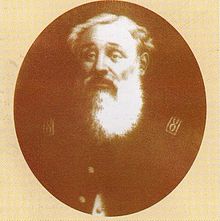The history of Uruguay comprises different periods: the pre-Columbian time or early history, the Colonial Period (1516–1811), the Period of Nation-Building (1811–1830), and the history of Uruguay as an independent country (1830–present).
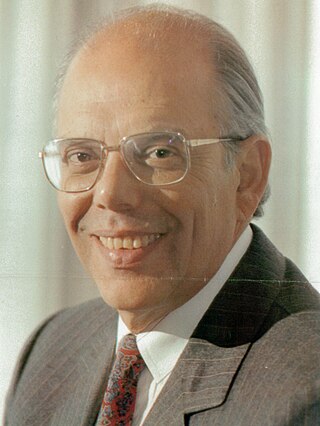
Jorge Luis Batlle Ibáñez was a Uruguayan politician and lawyer, who served as the 38th president of Uruguay from 2000 to 2005. A member of the Colorado Party, he previously served as National Representative from 1959 to 1967, and as Senator of the Republic from 1985 to 1990 and from 1990 to 1999.

The National Party also known as the White Party, is a major political party in Uruguay. Founded in 1836 by General Manuel Oribe, it is the country's oldest active political party, and along with the Colorado Party, its origin dates back to the establishment of Uruguay as an independent state.

Alberto Pedro Demicheli Lizaso was a Uruguayan politician, lawyer, historian, journalist, pilot, and military officer who was the Interim de facto President of Uruguay and the 2nd President of the Civic-Military Dictatorship from June to September 1976. He was also the Chairman of the Football Club Atlético Peñarol from 1933 to 1934.

Juan Pedro Bordaberry Herrán is a Uruguayan attorney, lecturer, and politician, who served as a Senator of the Republic from 2010 to 2020, as Minister of Tourism and Sports from 2003 to 2005, and as Minister of Industry, Energy and Mining from 2002 to 2003. A member of the Colorado Party, he was the party's candidate for president in the 2009 and 2014 presidential elections.

The Uruguayan Civil War, also known in Spanish as the Guerra Grande, was a series of armed conflicts between the leaders of Uruguayan independence. While officially the war lasted from 1839 until 1851, it was a part of armed conflicts that started in 1832 and continued until the final military defeat of the Blancos faction in 1904.

Aparicio Saravia da Rosa was a Uruguayan politician and military leader. He was a member of the Uruguayan National Party and was a revolutionary leader against the Uruguayan government.
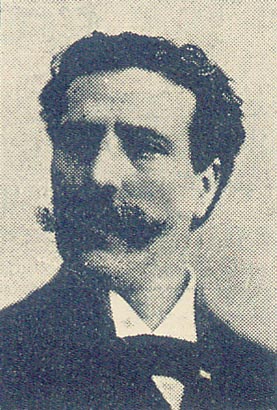
Eduardo Acevedo Díaz, was an Uruguayan writer, politician and journalist.

Brazil–Uruguay relations encompass many complex relations over the span of three centuries, beginning in 1680 with the establishment of the Colónia do Sacramento, to the present day, between the Federative Republic of Brazil and the Oriental Republic of Uruguay. Brazil and Uruguay are neighbouring countries in South America, and share close political, economic and cultural ties. The singularity of the bilateral relationship between the two countries originates from a strong historical connection, as both countries having been territories of the Portuguese Empire and sharing the same language – marked by important events, such as the establishment of the Colónia do Sacramento in 1680, the invasion of the Banda Oriental by Brazil in 1815 and the subsequent creation of the Província Cisplatina, and Uruguay's independence from Brazil in 1828. The bilateral relationship was further defined by the Uruguayan Civil War (1839–1851) and the Paraguayan War (1864–1870).

The following outline is provided as an overview of and topical guide to Uruguay:
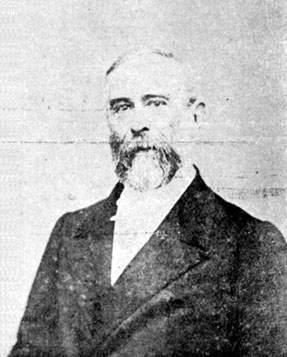
Atanasio de la Cruz Aguirre was acting President of Uruguay from 1864 to 1865.
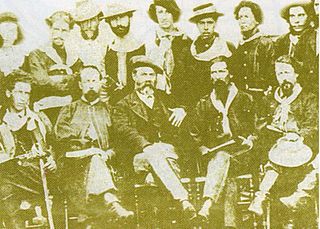
The Revolution of the Lances occurred in Uruguay from September 12, 1870 to April 6, 1872.

Máximo Benito Santos Barbosa was a Uruguayan political and military figure.

Isabelino Canaveris was an Uruguayan patriot, military, revolutionary and politician, who served as president of the National Party in the Argentine Republic. He participated in most of the armed confrontations between the Blancos and Colorados.
The Battle of Paso Severino was the first battle of the Revolution of the Lances, an attempt by the Blancos, under Timoteo Aparicio, to overthrow the Colorado-led Government of Uruguay.
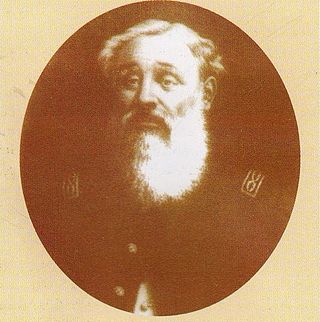
Toma de Mercedes was the takeover of the city of Mercedes, Uruguay by the Ejército Blanco under the command of Timoteo Aparicio on August 25, 1870, during the Revolution of the Lances in the Banda Oriental.
Battle of Sauce was a Uruguayan battle between the Blancos army under the command of Timoteo Aparicio, and the Colorado government troops, under Colonel José Gregorio Suárez. It occurred on the banks of the Arroyo del Sauce, Canelones Department, during the Revolution of the Lances.
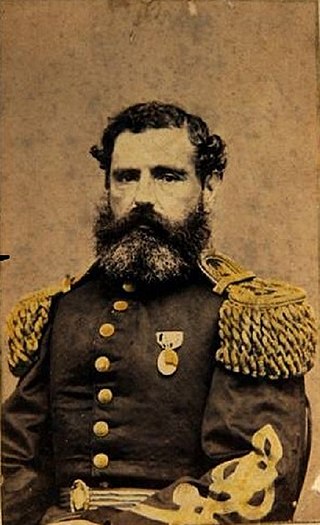
José Pons de Ojeda, later known as León de Pallejas, was an Uruguayan general of Spanish origin who participated in the First Carlist War, the Argentine Civil Wars and the Paraguayan War.
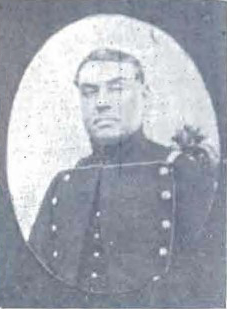
José Gregorio Suárez Moreira (1813-1879) was a Uruguayan lieutenant colonel and politician who participated in the Uruguayan Civil War, the Paraguayan War and other conflicts throughout the 19th century. He was known for his service during the Battle of Pedernal and the Battle of Estero Bellaco.

Enrique Castro was an Uruguayan general who served the Colorados throughout the 19th century. He participated in the Argentine Civil Wars, the Uruguayan Civil War and the Paraguayan War and was known for organizing and starting the Quebracho Revolution.
